Seasonal Affective Disorder
Feeling SAD?
It’s that time of the year again when the weather gets colder, the days feel shorter and darker, and our mood can shift. The emergence of depression-like symptoms when the seasons change is referred to as Seasonal Affective Disorder (SAD). These symptoms typically begin in late fall and resolve in the spring/summer.
Common Symptoms of Seasonal Affective Disorder
Some common symptoms of SAD include feeling sad for most of the days, more days than not, decreased energy, loss of interest or pleasure, weight gain and oversleeping. These persist for about four to five months. This is a helpful distinction to make between SAD and “holiday blues”. The latter is often brought on by stress or sadness around a specific time of year, such as the holidays, and is not related to the changes in daylight. If these symptoms feel like experiences you have, it can be helpful to talk to a trust health professional to discuss further.
Causes of Seasonal Affective Disorder
According to research, women are more likely to develop SAD, in addition to those living farther north where daylight hours are shorter. Further findings suggest, SAD is more prevalent in those with depression or bipolar disorder. Furthermore, SAD is likely to occur in individuals also dealing with anxiety disorders, ADHD and eating disorders.
There are also biological influences that may impact the development of SAD. This decrease in sunlight may disrupt your body's internal clock and lead to feelings of depression or sadness. The shift in seasons may also interfere with the body's level of melatonin, which plays a role in sleep patterns. Lastly, reduced sunlight can cause a decrease in serotonin, a neurotransmitter in the brain that is related to mood.
Treatment for Seasonal Affective Disorder
Positively, there are several treatment options available to address SAD. These include light therapy, psychotherapy, medication, and supplements.
Light Treatments
This objective of this treatment is to expose individuals to bright lights to make up for the reduced natural sunlight. It is typical to sit infront of a light box daily for about 30 minutes, usually at the start of the morning.
Psychotherapy
Counseling is another great option to address thoughts and behaviors that may be perpetuating symptoms. Cognitive Behavioral Therapy (CBT) is one great option aimed at helpful people to challenge unhelpful thoughts and engage in more effective habits. One way to do this is with behavioral activation. In this technique, you identify and schedule pleasant activities to offset the loss of interest typically experienced during the winter months.
Medication
Some individuals opt for medication as a tool to treat depressive symptoms. It is important to note that antidepressants take an initial period of time to build to full effectiveness, so it is helpful to give the medication a chance to work.
Supplements
It has been found that those with SAD have a vitamin D deficiency, and some individuals opt to take a vitamin D supplement. As always, it is important to consult with your physician first before introducing new supplements as these can interact with some medications.
